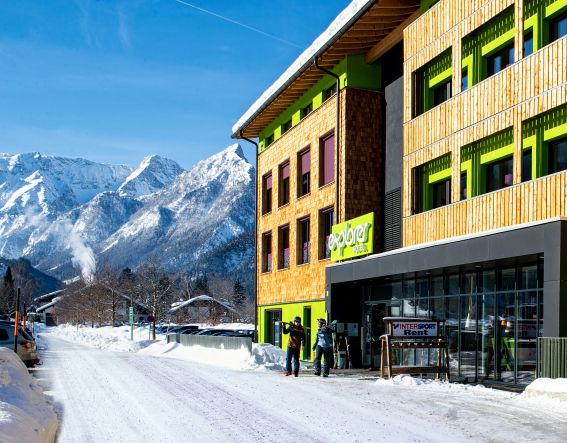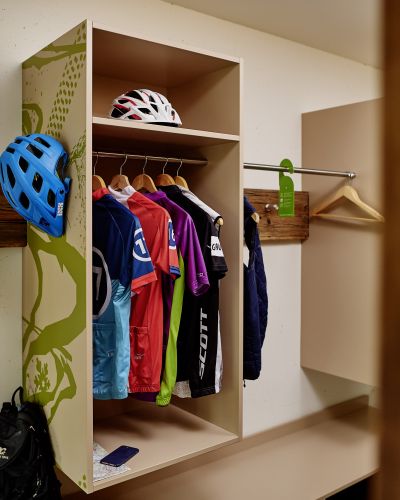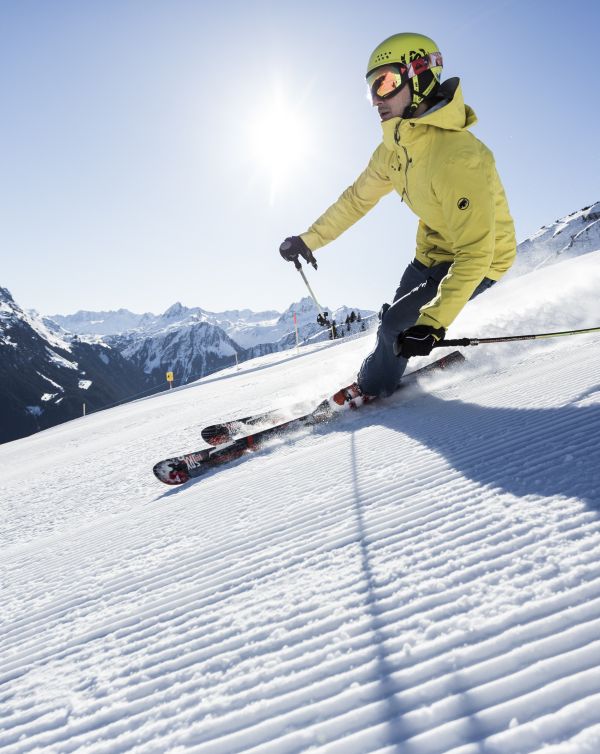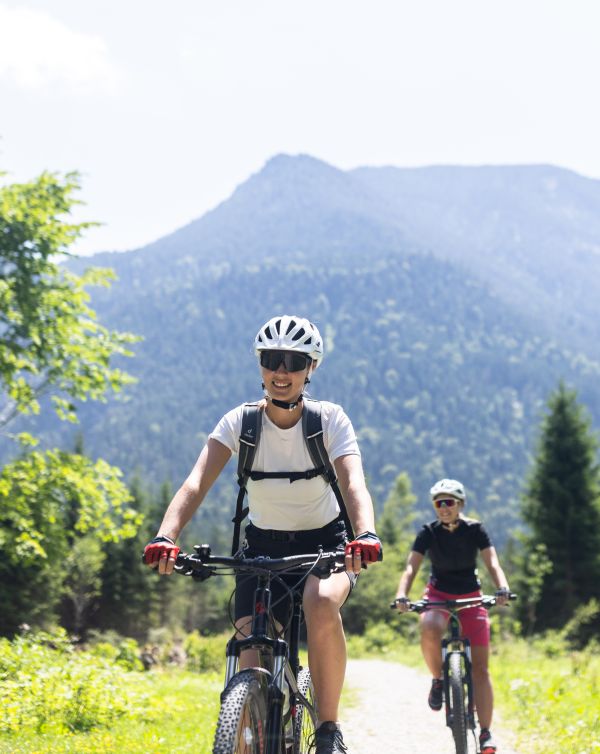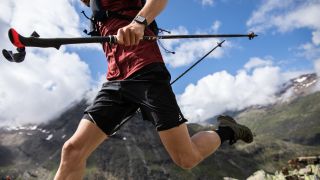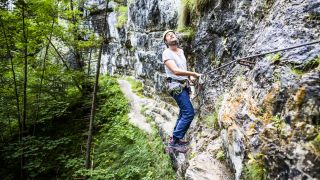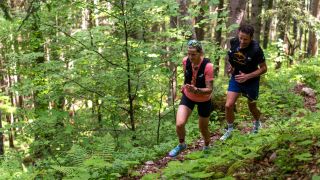Trail running: The right technique and equipment for mountain running
Technique and equipment for trail running: What you need for your run in the mountains. Running coach and sports physiotherapist Florian Reiter offers tips for beginners and advanced runners.
Despite the rainy weather, Florian raves about the exercise in the fresh air. There's no such thing as bad weather in trail running, he says. But you have to be able to rely on your equipment.
The shoe is crucial. It's important to get good advice from a sports shop, because the shoe needs to be suited not only to your foot, but also to your running habits and the environment. Every shoe has its advantages and disadvantages. For example, there are shoes with a lot of tread, like the one Florian wears when it's muddy outside. However, the running coach doesn't recommend it for ultra-long runs.
A trail running backpack or vest is also interesting. These lightweight backpacks sit close to the body and can be secured at the chest. This prevents them from bouncing on your shoulders while running. This way, it won't get in the way of your movement. A water bottle, rain pants, a rain jacket, some food, a map of the area, your cell phone, a first-aid kit... all of this fits in your backpack.
Always let someone (friends, family, etc.) know where you are. Something can always happen!
Non-slip running socks are also important. Quick-drying clothing is also recommended.
He also recommends a running watch. Especially with GPS and a track-back function, the watch can become a safety tool. Measuring distance, elevation, and speed are also important information for assessing your fitness.
You can also take folding poles. They're not for everyone, but when you're no longer using them, you can stow them in your backpack to save space. Florian himself mainly takes them on longer distances or long uphill sections. With the right technique, they can provide valuable support.
Running technique from a pro:
An upright running style with body tension is important. Stand up straight. Your center of gravity should be at the top and you should look forward, not down. This makes the movement more efficient. Your stride frequency will usually also increase.
Good body tension is also important when running uphill. You can use arm swings to achieve this. This allows you to gain momentum through arm movement. And find your own rhythm. Depending on the gradient and your experience, you can also alternate between walking and running.
When running downhill, you use completely different muscle groups. Take it slow, take shorter steps, and make sure you land with your whole foot. Safety is paramount when running downhill.
